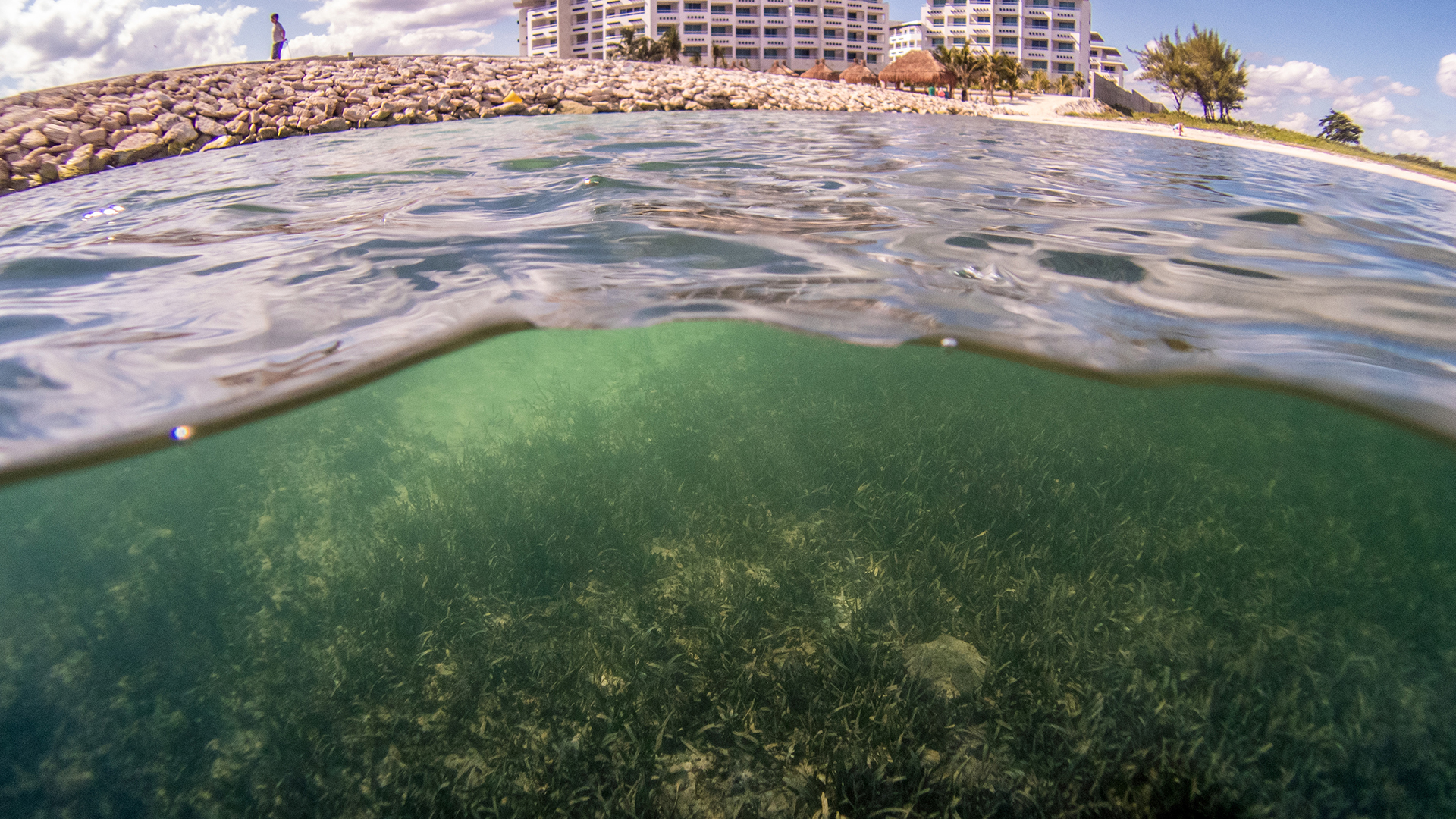Despite their value, seagrasses have been declining globally since the 1930s and are currently disappearing faster than any other coastal ecosystem, such as mangroves or salt marshes.

The shallow coastal areas that seagrasses typically occupy are often the same places that attract industrial and recreational activities.
Water pollution, coastal development and unregulated land management are all culprits. Want to know more about these pressures?
You can visualize them on WRI’s Ocean Watch data platform.
Some impacts are incidental, like physical damage from fishing vessels. Others are deliberate, such as reclamation of areas for coastal development or removal of seagrasses to create clear, sandy lagoons and beaches that appeal to tourists. In addition, seagrasses are increasingly threatened by climate change. Higher water temperatures can cause physiological stress and death, while rising seas can limit the sunlight that seagrasses need to grow.
But the lack of public awareness of seagrasses’ value and even existence are arguably the greatest threats to their conservation. Most people simply don’t understand the important role seagrasses play in societies and economies.
